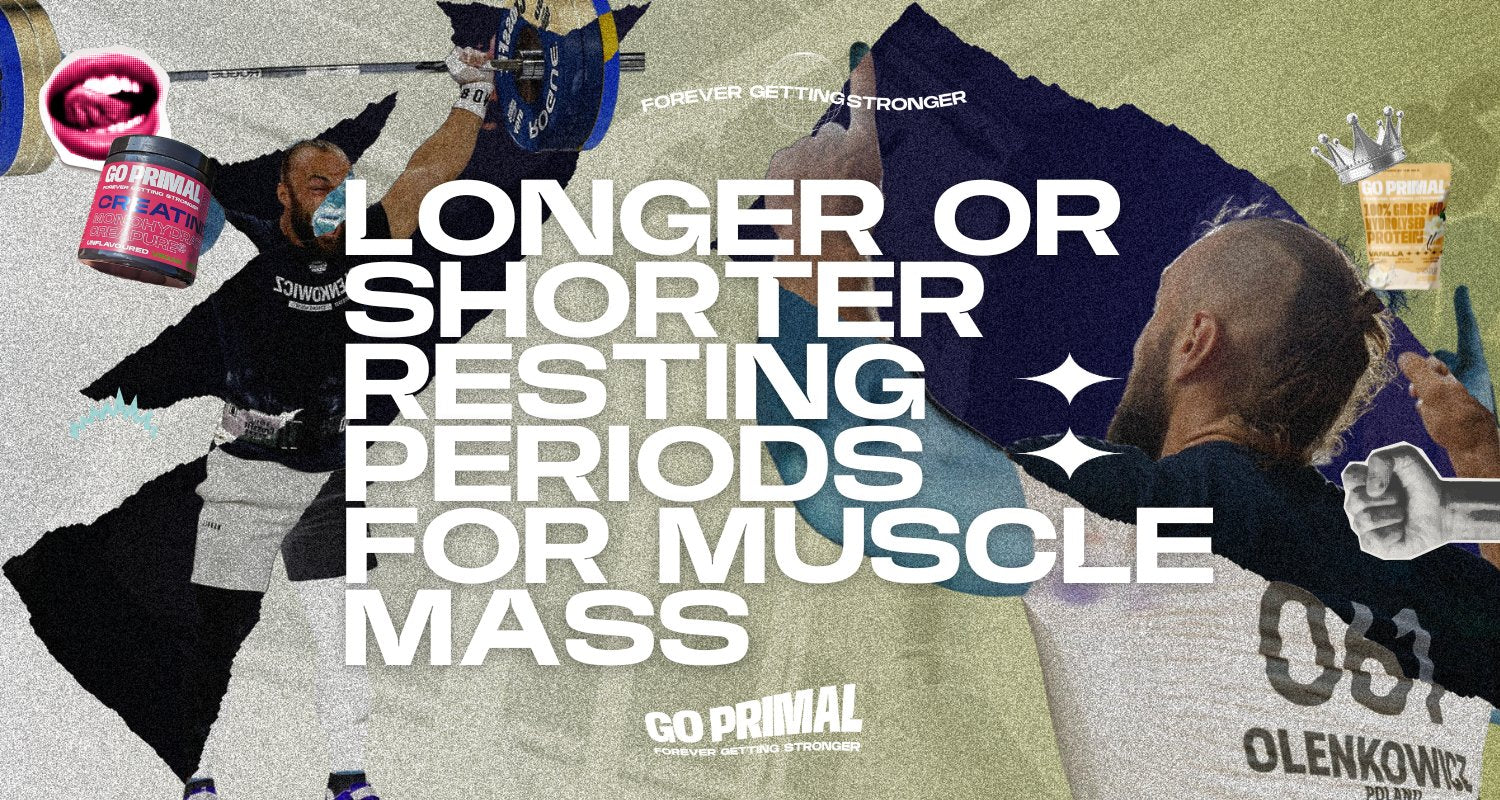
Si vous avez du mal avec les tractions, vous devez le savoir
Maximisez vos performances de traction : la puissance de la concentration attentionnelle externe
Cherchez-vous à améliorer votre jeu de traction ? Que vous soyez un athlète chevronné ou que vous commenciez tout juste votre parcours de remise en forme, comprendre la science derrière une performance optimale peut propulser vos entraînements vers de nouveaux sommets. Dans cet article, nous approfondirons le concept de concentration attentionnelle externe, soutenu par la recherche scientifique, et explorerons comment il peut révolutionner votre routine de traction.
Qu’est-ce que la concentration attentionnelle externe ? La concentration attentionnelle externe consiste à diriger votre attention sur des signaux ou des objets externes plutôt que sur des sensations ou des processus internes pendant l'exercice. Cette approche a été largement étudiée dans les sciences du sport et la psychologie de l’exercice, révélant son impact profond sur l’acquisition de compétences et l’amélioration des performances.
L'étude : Une étude fondamentale de Gabriele Wulf et Markus Lewthwaite, publiée dans le Journal of Motor Behaviour en 2010, a étudié les effets de la concentration attentionnelle externe sur l'apprentissage d'une compétence sportive, en l'occurrence le putting au golf. L’étude a révélé que les participants qui se concentraient de manière externe sur le mouvement de la tête du club étaient plus performants que ceux qui se concentraient de manière interne sur les mouvements de leurs mains. Cela souligne l’efficacité de la concentration attentionnelle externe pour améliorer l’acquisition de compétences et la performance.
Application aux tractions : appliquons maintenant les principes de la concentration attentionnelle externe à votre routine de tractions. Plutôt que de vous concentrer sur des sensations internes telles que la contraction musculaire ou la fatigue, concentrez-vous sur les principaux signaux externes. Voici comment procéder :
-
Visualisez le mouvement : Au lieu de penser à la tension dans vos muscles, visualisez le mouvement de votre corps lorsque vous vous tirez vers la barre. Concentrez-vous sur la trajectoire de votre mouvement et essayez de reproduire un mouvement fluide et contrôlé.
-
Engagez-vous avec le bar : dirigez votre attention vers le bar lui-même. Concentrez-vous sur le fait de le saisir fermement et d'engager les muscles de votre dos pour lancer le mouvement de traction. Des indices visuels tels que la largeur de votre prise et la position de vos mains peuvent vous aider à optimiser votre technique.
-
Suivi : faites attention à toute l'amplitude du mouvement, de la traction initiale jusqu'au sommet du mouvement et à la phase d'abaissement. Une concentration externe sur la réalisation de chaque répétition avec précision peut améliorer à la fois la forme et la performance.
-
Utiliser les commentaires : les commentaires externes, tels que des miroirs ou des enregistrements vidéo, peuvent fournir des repères visuels précieux pour affiner votre technique. Analysez votre formulaire objectivement et effectuez des ajustements en fonction d'observations externes.
Avantages de la concentration attentionnelle externe : En adoptant une concentration attentionnelle externe pendant les tractions, vous pouvez débloquer plusieurs avantages :
- Technique améliorée : les signaux externes favorisent de meilleurs schémas de mouvement et une meilleure biomécanique, conduisant à une meilleure exécution des tractions.
- Performance accrue : en détournant l'attention des distractions internes, vous pouvez optimiser le recrutement musculaire et générer une plus grande puissance de traction.
- Acquisition accélérée de compétences : l'application cohérente de la concentration attentionnelle externe facilite un apprentissage et une maîtrise plus rapides de l'exercice de traction.
Conclusion : L'intégration d'une concentration attentionnelle externe dans votre routine de traction peut changer la donne dans votre parcours de remise en forme. En vous concentrant davantage sur les repères visuels et les schémas de mouvement clés, vous pouvez optimiser la technique, améliorer les performances et accélérer l'acquisition de compétences. Profitez du pouvoir de la concentration attentionnelle externe et propulsez vos tractions vers de nouveaux sommets !
N'oubliez pas, la cohérence et la pleine conscience sont essentielles. Pratiquez avec diligence la concentration attentionnelle externe, et regardez vos performances en tractions s'élever à de nouveaux sommets. Bon entraînement !
Référence : Wulf, G. et Lewthwaite, R. (2010). "Améliorer l'apprentissage des compétences sportives grâce à une rétroaction externe." Journal du comportement moteur, 42(4), 357-366.


